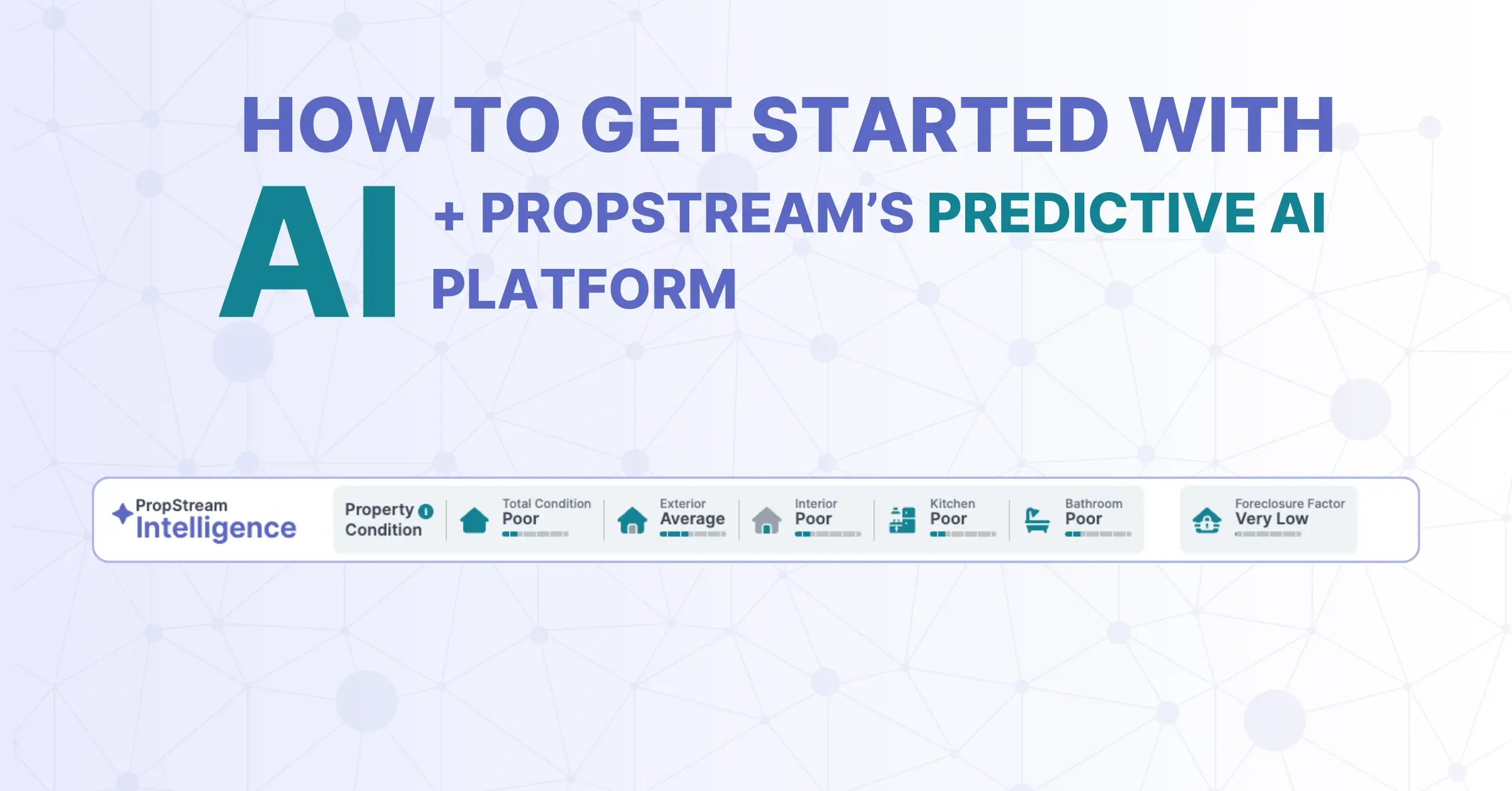At least 44% of home buyers start their buying process online. This self-serve real estate environment makes sites like Trulia, Redfin and Zillow go-to information destinations. Some feel these storehouses of info may render real estate agents obsolete. However, to borrow from Mark Twain, the reports of the real estate agent's demise are greatly exaggerated.
Even though online MLS-powered sites provide a lot of helpful information, there still exist volumes of untapped data. With access to this data, the modern agent can provide clients with insights that are deeper, more comprehensive and informative than anything you can find on Zillow. It would take a diligent agent or broker weeks or months to gather all this information for one property. This would involve trips to town records offices and endless emails, faxes and phone calls.
With the right tools, though, all of this data is a mere click or tap away. Here are two key ways real estate agents can use data to gain valuable advantages.
Find — and Vet — the Best Deals
Every home buyer, whether they’re a homeowner or investor, would prefer to make a sound investment if given the opportunity. With the right data, a real estate agent can pinpoint the most compelling deals within a given area. You can also eliminate deals that, after analysis, are too good to be true.
This can be done by watching for tell-tale signs of a troubled area. If a property has an attractive price-to-square-foot ratio, and checks off all the right boxes for bathrooms, bedrooms and comfort features, but sits in the wrong neighborhood, it may not be a sound investment after all. You can examine the number of vacant properties, pre-foreclosures and foreclosures to get a sense of how fertile the investment landscape is — or isn’t.
Target Investment Hot Spots
Even though basic demographic data can be helpful in identifying fruitful investment zones, it only reveals a small portion of the big picture. You need more info to pinpoint neighborhoods with a history of robust returns. This can be done using:
- Analysis of the high-equity properties in the area
- A list of the free-and-clear properties and their values
- Analysis of the transaction history of comparable properties, including how long they were on the market, mortgage info and how purchases were financed
Further, if you compare this data across two or more areas, you can evaluate which one is more likely to produce the best ROI. For example, property A and property B are in two different areas, both of which seem appealing at first glance. However, the average equity of the homes surrounding property A is $350,654, but the area surrounding property B has an average equity of $156,321. Property A seems like the better deal. But to verify, you can drill down further to see if the equity of a few individual homes is unfairly skewing the averages. Once you and your client have all the relevant information, you can guide them to make the best possible decision.
This type of informed real estate decision-making all starts with access to the right data. With deep, data-based insights, real estate agents and brokers can do more than stay relevant; they can become essential, invaluable and irreplaceable partners for their clients.



